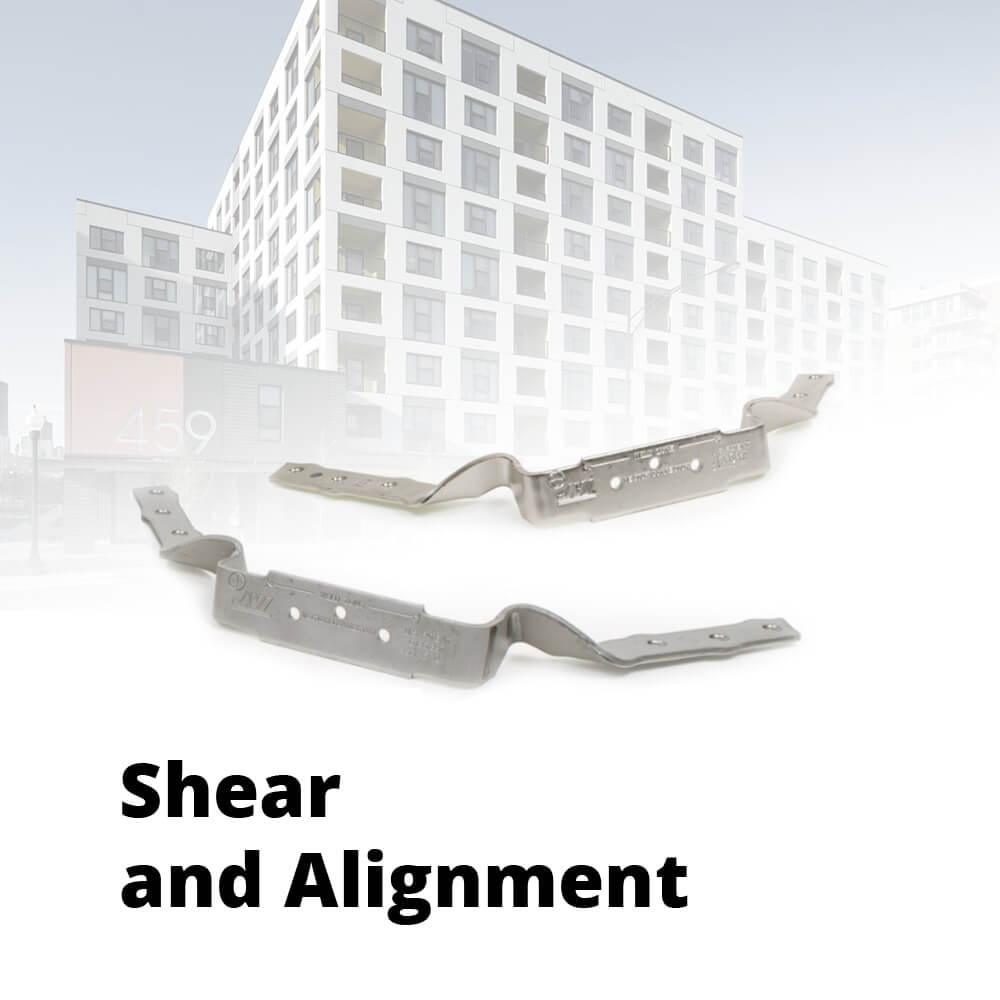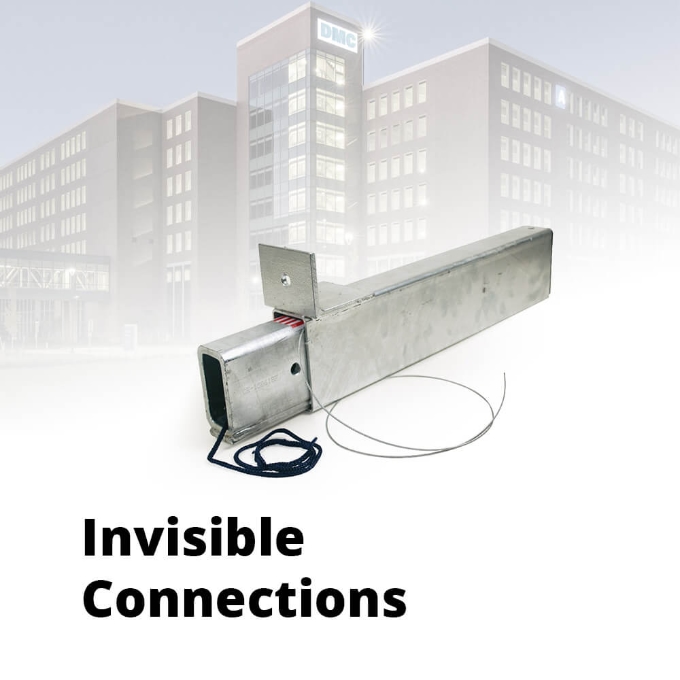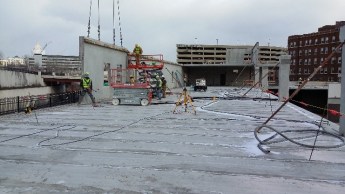
Can Precast Go the Distance?
Credit: Original article published here.
Often the height of buildings using precast, whether for cladding or structural purposes, will be low enough where the height of a single wall panel or column can cover it. But what about when the height of a structure is beyond what a single wall panel or column is able to do, due to shipping, weight, or design limitations? Well when one panel can’t do it, we can just put another one on top of it. And another on top of that if needed. And so on.
This happens more than most might realize since the resulting horizontal joint is typically covered by the topping slab of the floor system in the case of columns and interior wall panel joints, and looks like an architectural reveal on the outside of the wall panel once it is caulked. To blend it in like this the split must occur below finished floor, but above the rough flooring system, whether it be precast or metal deck. This configuration is also advantageous structurally because the lower column or panel can be used to help stabilize the upper. Placing split joints mid-height between levels should be avoided, as this can create a hinge point in the system. When done correctly the structural aspect of the walls or columns will function as they typically do when it’s just a single member.
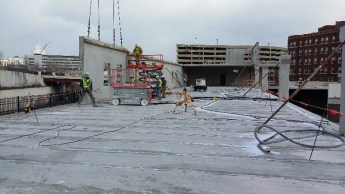
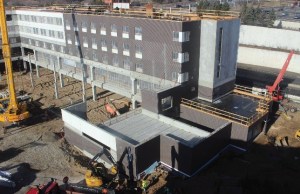
Depending on story heights, a stacked wall panel configuration may even be more efficient using the width of the panel to span each individual story height and the length of the panel to cover more wall length with each piece. This works well in situations where the exterior architectural finish can accommodate the horizontal joint at each level, such as thin brick, and results in less interior vertical joints. This can also help with constructability when the wall panels are load-bearing because it becomes more difficult to adequately support multi-level panels the higher you go.
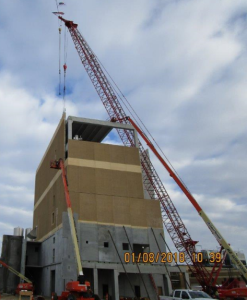
If multi-level wall panels are needed, perimeter column and beam lines along the wall will likely need to be added to carry the loads and provide immediate support for erection of the wall panels. This greatly simplifies the installation, making it go much quicker. The cost savings associated with the decreased site time and avoiding the need for specialty equipment helps offset the cost of the beams and columns.
So even though it’s hard to put an exact number on the height of a wall panel or column, because they’re both incredibly dependent on each particular case, the take-away is this: it shouldn’t scare any one away from counting on precast to go the vertical distance.
Chase Radue, EIT
Design Engineer
The post Can Precast Go the Distance? appeared first on Wells Concrete.


